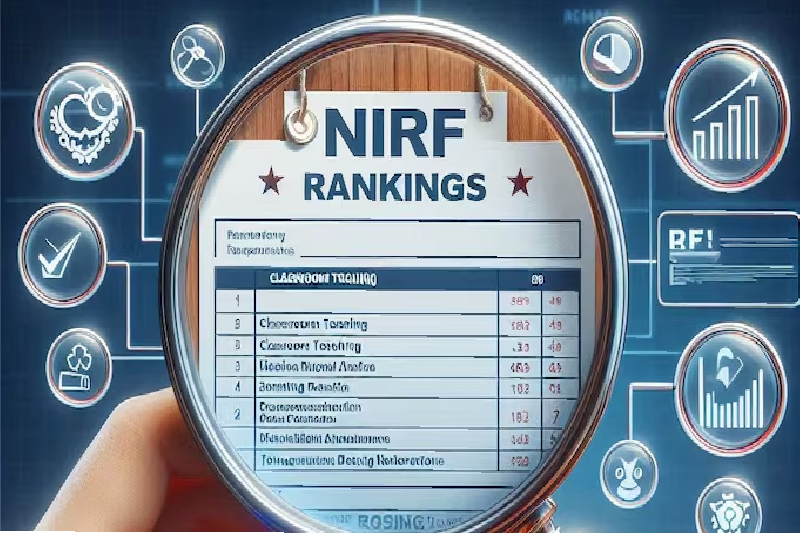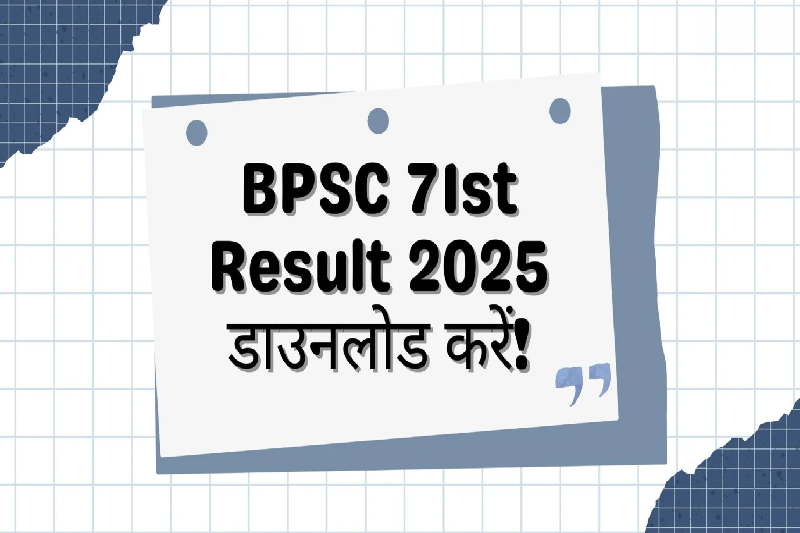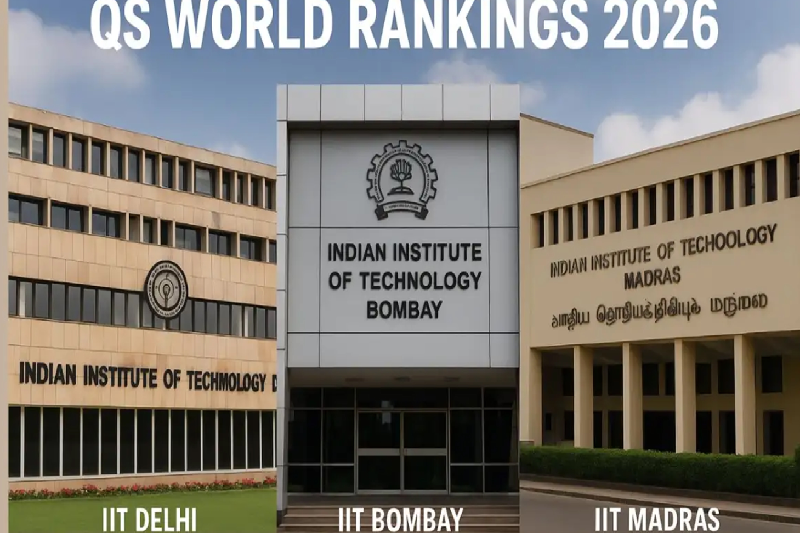
NIRF to Introduce Negative Marking for Retracted Papers and Poor-Quality Research: A Step Toward Academic Integrity
In a landmark move aimed at strengthening the credibility of Indian higher education rankings, the National Institutional Ranking Framework (NIRF) is set to introduce negative marking for parameters related to research quality — including retracted research papers and the citation of tainted publications. The decision comes as part of a broader effort by the National Board of Accreditation (NBA) and the Ministry of Education to uphold academic integrity and discourage malpractice among institutions participating in the ranking process.
This major policy shift will mark the first time since NIRF’s inception in 2015 that negative weightage will be formally integrated into its ranking methodology. The announcement was made shortly after the release of the tenth edition of the NIRF rankings, unveiled by Union Education Minister Dharmendra Pradhan on September 4, 2025.
Why the Change Was Needed
Over the years, NIRF has become a benchmark for academic excellence, ranking more than 8,700 institutions in 2024 across parameters such as teaching, learning, research, graduation outcomes, outreach, and perception. However, growing concerns over research retractions, questionable publication ethics, and data manipulation have prompted authorities to reconsider the fairness and transparency of the ranking process.
According to Anil Sahashrabudhe, Chairman of the National Board of Accreditation (NBA) — the body that manages NIRF — the introduction of penalties is a long-awaited step to address these challenges.
“For the first time, penalties are being formally stitched into the ranking methodology to act against research malpractice and misrepresentation of data. The negative marking system will soon be declared and draft norms are being readied,” said Sahashrabudhe.
He added that many institutions were climbing up the ranking ladder despite high numbers of research paper retractions, largely because the current system failed to penalise such lapses.
“Unless we give negative marks, people will not correct it,” he asserted.
Retractions and Credibility: A Growing Concern
Retractions — the withdrawal of previously published research papers due to errors, plagiarism, or fraudulent data — have become a growing concern within Indian academia. In recent years, several institutions have witnessed a significant rise in the number of retracted publications, casting doubts on the authenticity of their research output.
This issue is not unique to India. Globally, ranking systems such as QS and Times Higher Education (THE) have also been criticised for overlooking retractions while scoring institutions. In India, the situation has been exacerbated by the pressure to publish and achieve higher rankings, leading some institutions to compromise research quality in pursuit of numbers.
By introducing negative marking for retracted papers, NIRF aims to hold institutions accountable and restore credibility to India’s research ecosystem.
How Negative Marking Will Work
While the detailed draft guidelines are still being finalised, the new methodology is expected to:
- Deduct points for each retracted research paper attributed to an institution.
- Penalise the citation of retracted or tainted papers in subsequent research.
- Reduce scores for misrepresentation of data in research output or faculty credentials.
- Reward institutions that maintain transparency and publish in credible, peer-reviewed journals.
The draft norms for the revised ranking formula will be made public soon, and institutions will be invited to provide feedback before final implementation. Once in effect, this move will likely bring Indian ranking standards closer to international best practices, where ethical publication norms and data verification play a crucial role in institutional evaluation.
The Legal and Ethical Push for Transparency
The decision to introduce penalties also follows mounting legal and public scrutiny of the ranking process. Earlier this year, a Public Interest Litigation (PIL) filed before the Madras High Court questioned the transparency and reliability of systems like NIRF. The petition argued that rankings were calculated “merely on data provided by the educational institutes on their website, without any verification or auditing.”
The PIL led to an interim stay on the publication of rankings, which was later lifted after the Central Government clarified that the NIRF methodology followed a “scientific process prescribed by an expert body.” However, the case amplified the need for more stringent checks and data validation mechanisms within the ranking system.
The introduction of negative marking is, therefore, not just a procedural change but also a response to judicial and public concerns about the fairness of India’s most-referenced institutional ranking framework.
What This Means for Institutions
For Indian universities and colleges, this change will significantly raise the stakes in terms of maintaining research ethics and transparency. The move will compel institutions to:
- Conduct internal audits of research publications to ensure data authenticity.
- Strengthen their research ethics committees and plagiarism control mechanisms.
- Prioritise quality over quantity in publication output.
- Train faculty and research scholars in ethical research practices and academic writing standards.
Institutions with a history of questionable publication practices may experience a decline in their NIRF rankings, while those investing in credible, peer-reviewed, and impactful research will likely be rewarded.
Ensuring Fair Play and Accountability
Officials within the Ministry of Education have confirmed that the goal is not to penalise institutions unnecessarily but to encourage a culture of ethical research and accountability.
The revised framework is also expected to enhance the global reputation of Indian universities, ensuring that rankings reflect genuine academic merit rather than inflated statistics.
NIRF’s proactive approach could also influence other ranking agencies in India and abroad to adopt more transparent and integrity-driven evaluation systems.
A Step Toward a More Credible Ranking Ecosystem
With over 8,700 institutions participating annually, the NIRF has become a key reference point for students, recruiters, and policymakers to gauge institutional quality. However, its credibility depends heavily on the accuracy and integrity of the data submitted by institutions.
By introducing negative marking, NIRF is reinforcing its commitment to maintaining academic honesty, transparency, and global competitiveness. The framework’s evolution from a data-driven ranking tool to a quality-assured evaluation system represents a major milestone for Indian higher education.


